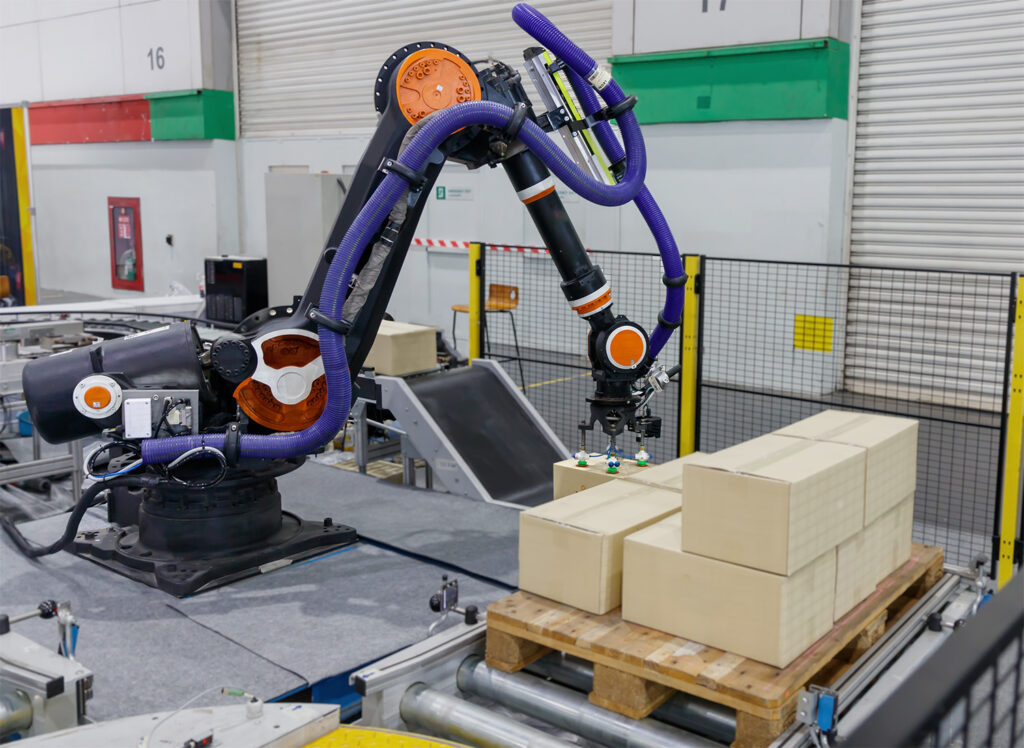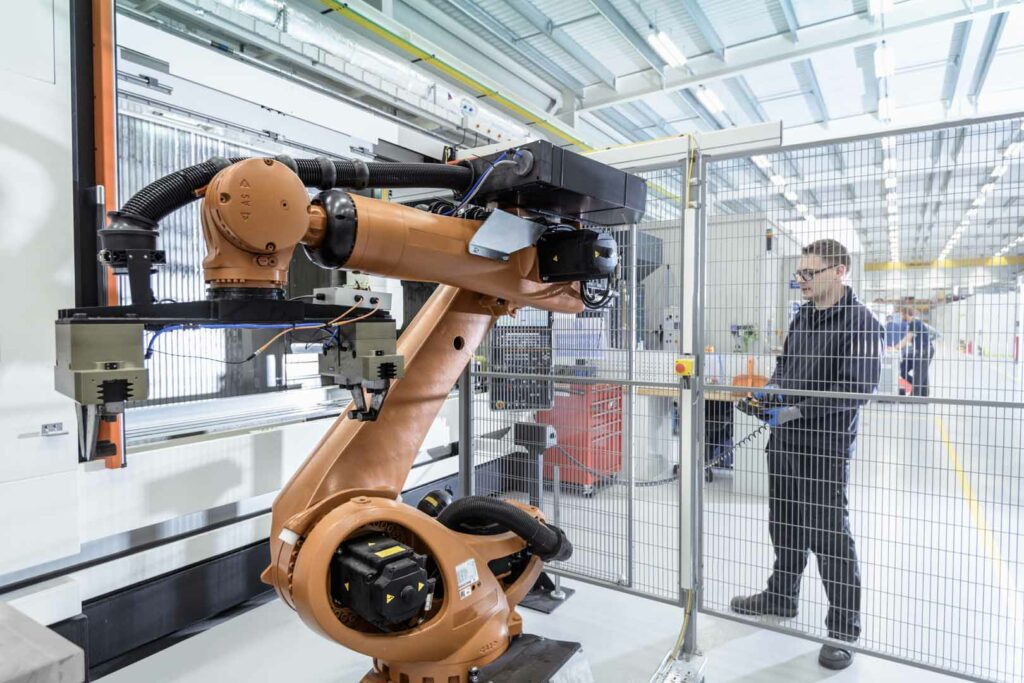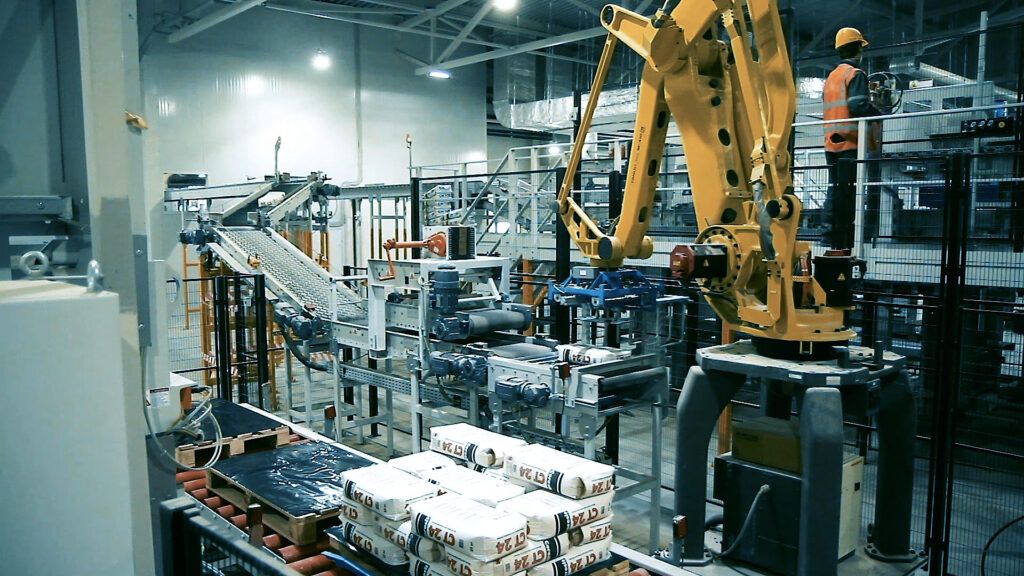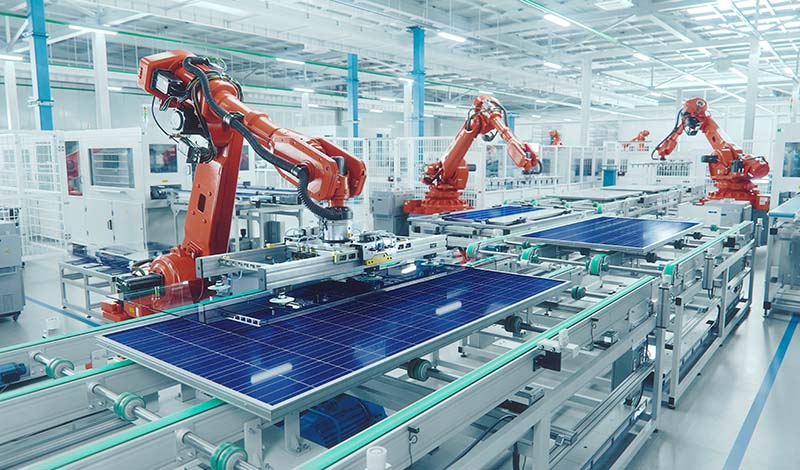
We want to help you work more efficiently and cut down on errors by using the latest robot arms. We also aim to improve workplace safety with modern tools that suit your unique goals.
We focus on customer-centered solutions that are clear and simple. We select each programmable robotic arm with your specific requirements in mind. This helps ensure you can trust its accuracy, precision, and long-term performance. Our team is ready to guide you from the start of planning through final setup.

A programmable arm frees your team from heavy lifting or other risky jobs. This lets people focus on more creative or complex tasks without worrying about injuries.
Using robot arms can also reduce human error, as they are programmed to perform tasks with high precision and consistency. This can lead to increased productivity and efficiency in the workplace.
In addition, our modern tools come with advanced safety features such as collision detection and emergency stop buttons. This helps prevent accidents and ensures a safer working environment for your team.
We understand that every industry and company has unique needs, which is why we offer customizable solutions for your specific goals. Our team of experts will work closely with you to assess your requirements and provide the best robotic arm options for your business.

An articulated programmable arm has several joints, much like a human shoulder or elbow. This design lets it reach objects from many angles. Use an articulated arm to move items around corners or into tight spaces.
A Cartesian arm slides along a flat, horizontal plane, moving on the X and Y axes before going up or down. SCARA (Selective Compliance Assembly Robot Arm) models move smoothly along specific axes. Cylindrical arms pivot around a central column. With the right design, you can simplify tasks like picking, packing, or assembly.

A programmable robot arm works in many industries, including automotive, aerospace, and consumer goods. It can handle tasks such as picking, packing, welding, or assembly with fewer mistakes and higher efficiency.
Robot arms can also team up with mobile or guided vehicles to boost your automation. They link to digital control systems and programming software. This allows them to carry out complex routines, check finished products, or handle materials that might harm human workers.

We offer more than just programmable robot arm solutions. Our team provides a wide range of industrial services and maintenance. This includes custom metal fabrication, mechanical construction, process control systems, millwright & rigging, electrical contracting, and PLC automation. We tailor each service to your exact needs.
We also handle turnkey industrial services, industrial equipment supply, structural steel construction, and warehouse automation. Whether you need a new system design or a plant retrofit, we can help. Contact us today to learn how our programmable robotic arm solutions and other offerings can transform your operations and keep you ahead in a competitive market.
Diverse Industries, One Trusted Partner
Safety means more than compliance; it’s our covenant with you.







Whether you’re coordinating your next project or proactively planning your plant maintenance, there’s no better time than right now to contact us.